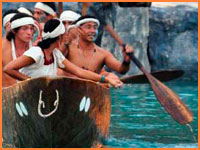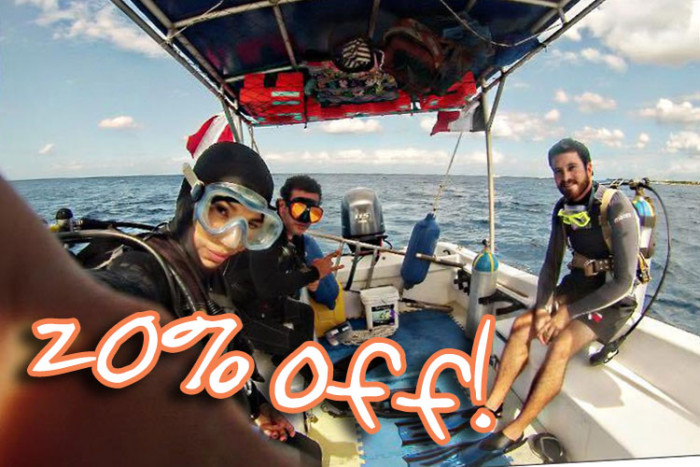|
A sense of significance mingled in the air with chocolate aromas and incense at the traditional market preceding this year's sacred canoe crossing. In 2012, a very long period in the Mayan calendar called a baktun will end, making it a particularly special year for speculating about the future and paddling across to Cozumel island. |
Last weekend, the 2012 sacred Mayan journey - or travesía sagrada Maya - took place with some 300 canoers in 30 canoes setting out to paddle from Xcaret on the mainland, to Cozumel island and then back to Playa del Carmen.
The annual recreation of this ancient custom has become a much anticipated annual event in Cozumel, since the first reenactment of the crossing in 2007. Starting each year with an authentic recreation of a Mayan market complete with fresh produce, the event relives a pilgrimage thought to have first been undertaken by the Maya thousands of years ago, before becoming a more established ritual some 500 years ago. |
|
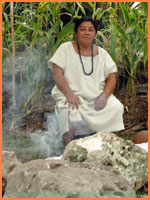 Traditional market aromas. |
From around the time Mexico's east coast was repopulated, in the period historians call "Late Post Classic", Mayan oarsman would make the trip of 22 miles (36km) in dugout canoes.
 Reliving a pilgrimage. |
|
Starting from the trading post of Polé, on the coast just south of modern day Playa del Carmen, they would cross the channel of Caribbean Sea to Cozumel. Today, the modern canoers train for many months prior to the event to have the strength to do what the ancient Mayans did in their day. |
Historically, the crossing had an important commerical aspect, as demonstrated by the market at the start of the event, but aside from trade, the journey also had a vital religious role to play.
|
For the Mayans, the sea was not only an important source of food and transport, but also the cause of death and devastation. Like other bodies of water such as Yucatan sinkholes, called cenotes, the sea represented the entrance to Xibalbá, the "Underworld". |
|
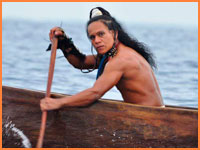 Some 300 canoers took part. |
Added to this heady mythic mix was the belief that Ix Chel, the pale-faced Mayan goddess of the moon and fertility, had her home here, on the island of Cozumel.
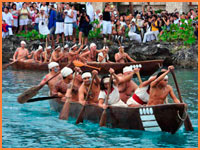 Anticipated annual event. |
|
And so, the maritime voyage had important connotations both for confronting the wrath of the ocean, and for worshipping the goddess Ix Chel. On arrival to Cozumel, offerings were made to the moon deity and rituals performed by shamans. |
The modern representations of the sacred event provide not only a fascinating glimpse of the region's ancient history, but also an important economic boost for tourism.
|
Its success and importance are seen in the continuing increase in number of commercial sponsors for the event. Xcarat Mayan theme park plays a central role in the organization of the event, being located on the spot where Polé is thought to have been. |
|
 Mayan rituals. |
To learn more about the history of the Maya and the canoe crossing visit the Sacred Mayan Journey website or visit our tourist information section for more about Cozumel events.
Related News:
Tough Paddling To Cozumel May 26, 2011.
Training For Sacred Canoe Journey Jan 27, 2011.
Goddesses, Chocolate And Canoes May 27, 2010.
A Sacred Mayan Journey May 13, 2009.
Feature: Sacred Mayan Journey Oct 16, 2008.
Pilgrims Paddle To Cozumel May 14, 2008.
Sacred Canoe Crossing June 6, 2007.
Magical Spring Clean May 23, 2007.


